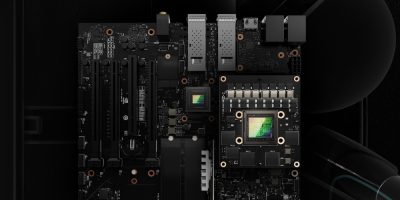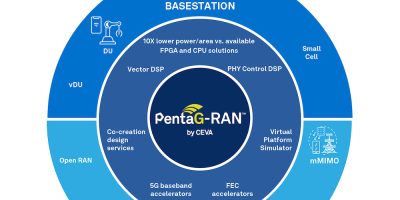At this week’s GTC event, Nvidia has announced the IGX edge AI computing platform for autonomous systems in healthcare, manufacturing and logistics.
The edge AI computing platform is secure for safety in these demanding market sectors. It is programmable and configurable to meet different application use-cases.
For manufacturing and logistics, IGX provides an additional layer of safety in highly regulated physical-world factories and warehouses, explained Nvidia. For medical edge AI use cases, IGX delivers secure, low-latency AI inference to address the clinical demand for instantaneous insights from instruments and sensors for procedures, such as robotic-assisted surgery and patient monitoring.
“As humans increasingly work with robots, industries are setting new functional safety standards for AI and computing,” said Jensen Huang, founder and CEO of Nvidia. He said that IGX will help companies build the next generation of software-defined industrial and medical devices that can safely operate in the same environment as humans,” he said.
IGX uses Nvidia IGX Orin, the compact and energy-efficient AI supercomputer for autonomous industrial machines and medical devices.
IGX Orin developer kits will be available early next year for prototyping and testing. Each kit comes with an integrated GPU and CPU for AI compute and an Nvidia ConnectX-7 SmartNIC for low latency, secure networking.
There is also a software stack with critical security and safety capabilities that can be programmed and configured for different use cases. Features allow enterprises to add proactive safety into environments where humans and robots work side by side, such as warehouse floors and operating rooms, Nvidia said.
The IGX platform can run Nvidia AI Enterprise software, which optimises the development and deployment of AI workflows and ensures organisations have access to necessary AI frameworks and tools. Nvidia is working with operating system partners like Canonical, Red Hat and SUSE to bring full-stack, long-term support.
Nvidia Fleet Command is for the management of IGX in industrial and medical environments. It allows organisations to deploy secure, over-the-air software and system updates from a central cloud console.
Adlink, Advantech, Dedicated Computing, Kontron, Leadtek, MBX, Onyx, Portwell, Prodrive Technologies and YUAN will be among the first embedded-computing manufacturers to create products based on the IGX design.
Siemens is collaborating with Nvidia to implement IGX at the edge for autonomous factories. The two companies are collaborating with projects across industrial computing, including with digital twins and for the industrial metaverse.
For healthcare, the IGX platform supports Nvidia Clara Holoscan, a real-time, AI computing platform used by more than 70 medical device companies, start ups and medical centres to advance AI in clinical settings and surgical systems.







